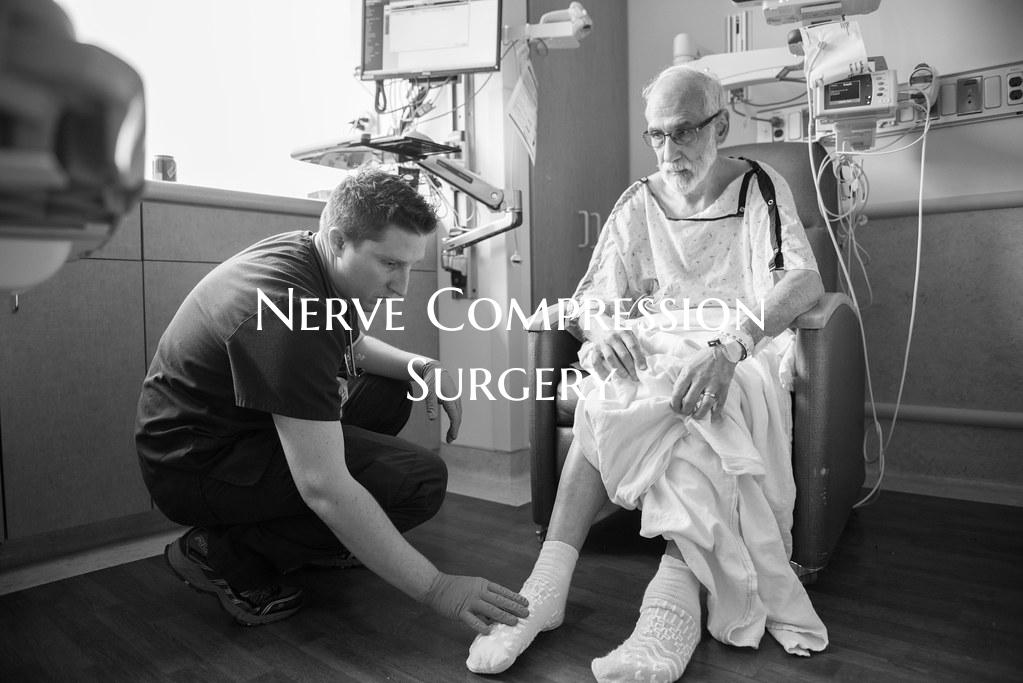
Nerve Compression Surgery
Nerve compression surgery, also known as decompression surgery, is a procedure performed to relieve pressure on a nerve that is being compressed by surrounding tissues. Nerve compression can occur due to various factors such as injury, repetitive motion, or conditions like carpal tunnel syndrome and herniated discs.
During nerve compression surgery, the surgeon aims to alleviate the compression on the affected nerve to restore normal function and reduce pain or other symptoms. The specific approach for the surgery will depend on the location of the compressed nerve and the underlying cause.
One common type of nerve compression surgery is carpal tunnel release. In this procedure, the transverse carpal ligament is divided to relieve pressure on the median nerve in the wrist, alleviating symptoms like numbness, tingling, and weakness in the hand.
Another example is spinal decompression surgery, which is often performed to address nerve compression in the spine caused by conditions like herniated discs or spinal stenosis. The surgeon may remove a portion of the herniated disc or bone to alleviate pressure on the spinal nerves.
Recovery from nerve compression surgery varies depending on the specific procedure and individual factors. Physical therapy and rehabilitation may be recommended to help regain strength and mobility after surgery.
It is important to consult with a qualified healthcare professional to determine if nerve compression surgery is the appropriate treatment option for your specific condition. As with any surgical procedure, there are risks and potential complications associated with nerve compression surgery, so it is essential to fully understand the procedure and discuss any concerns with your healthcare provider.